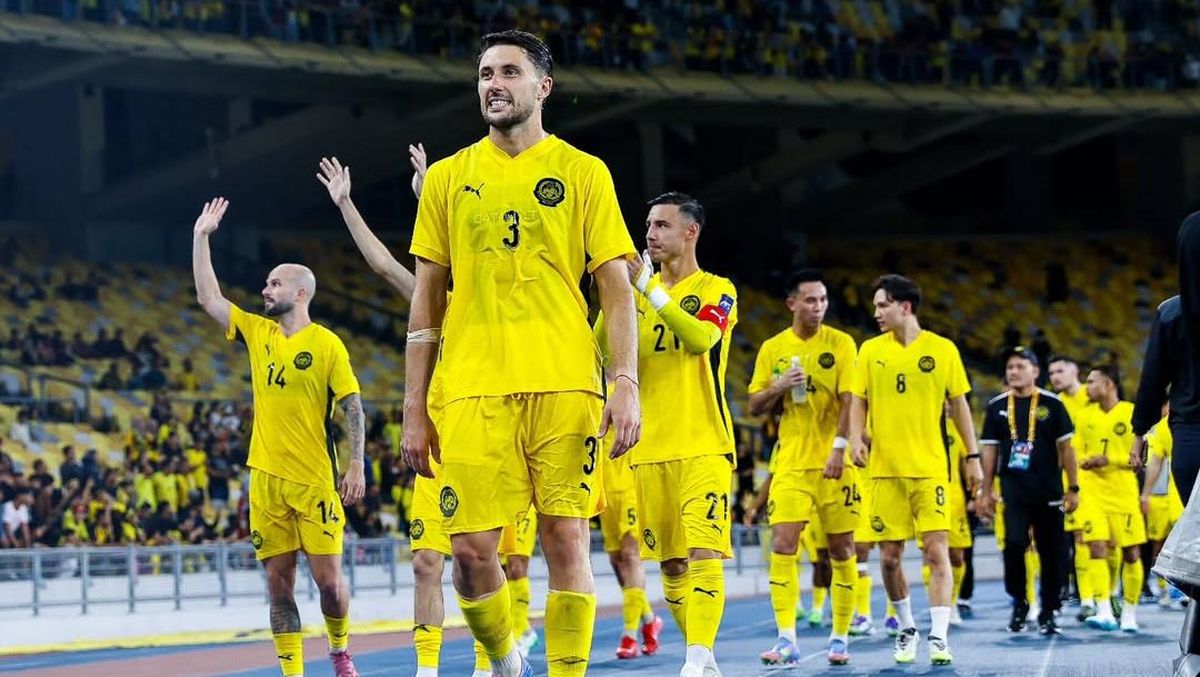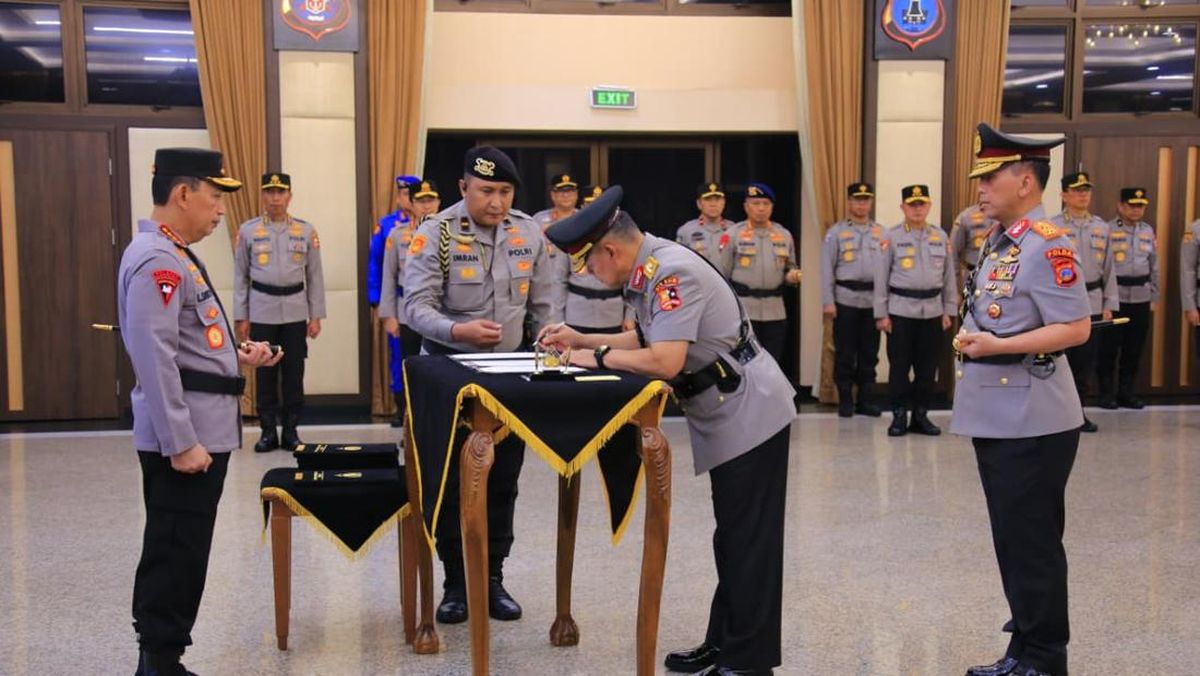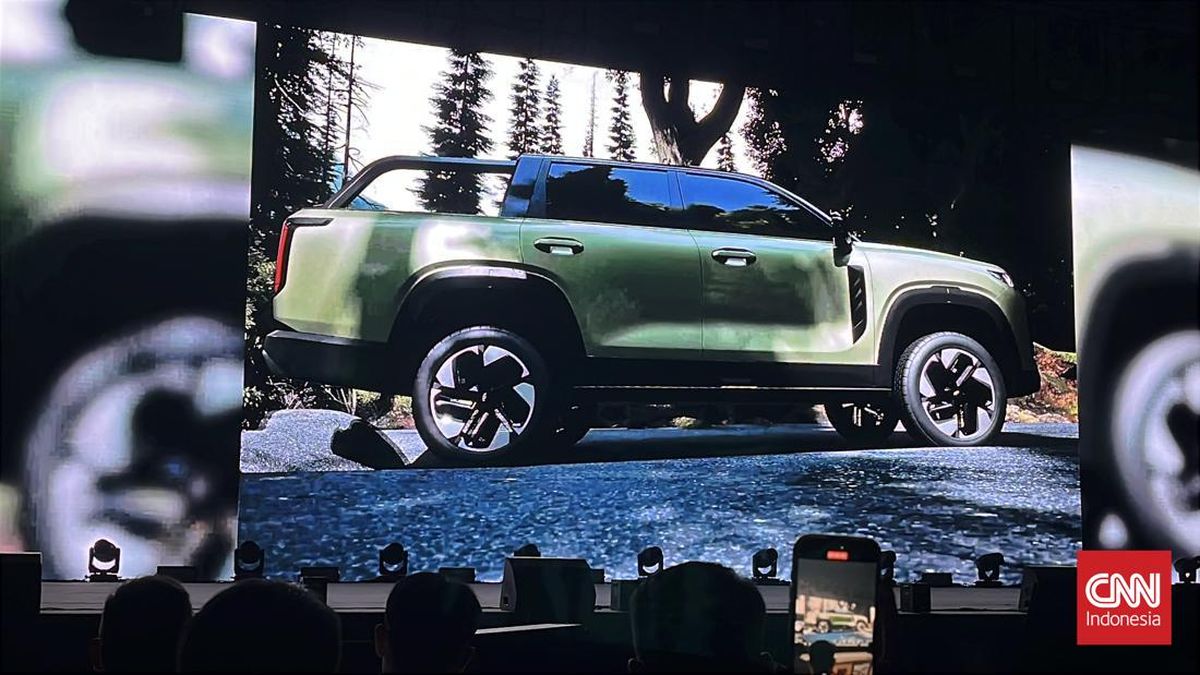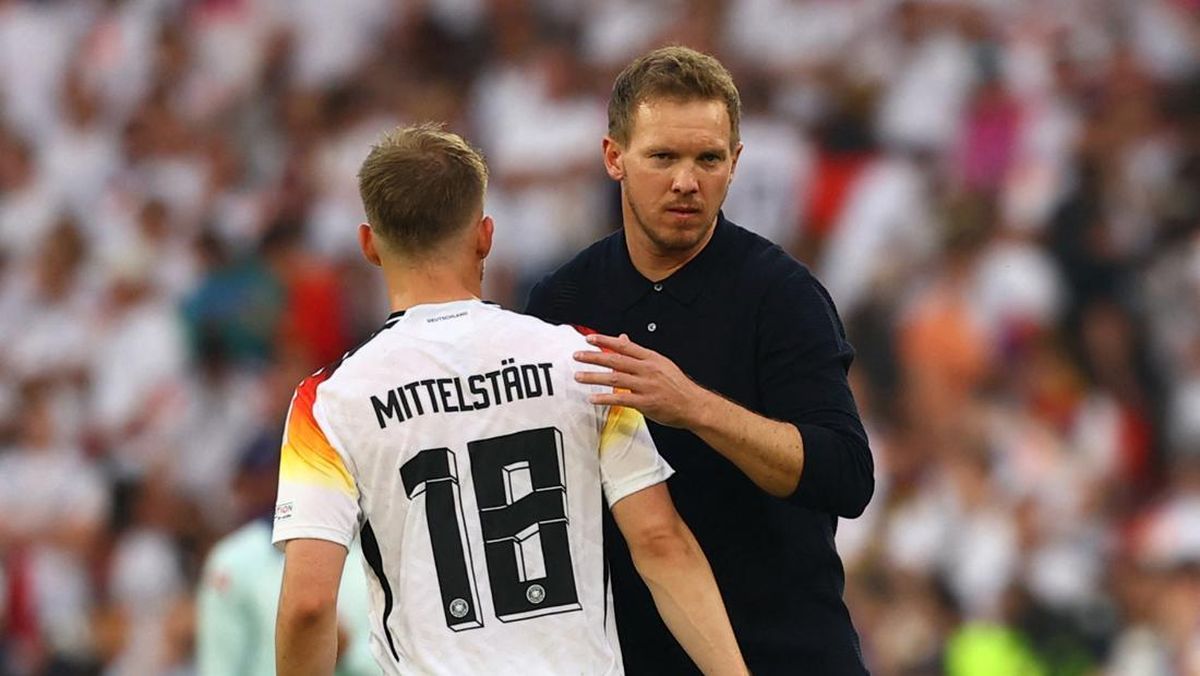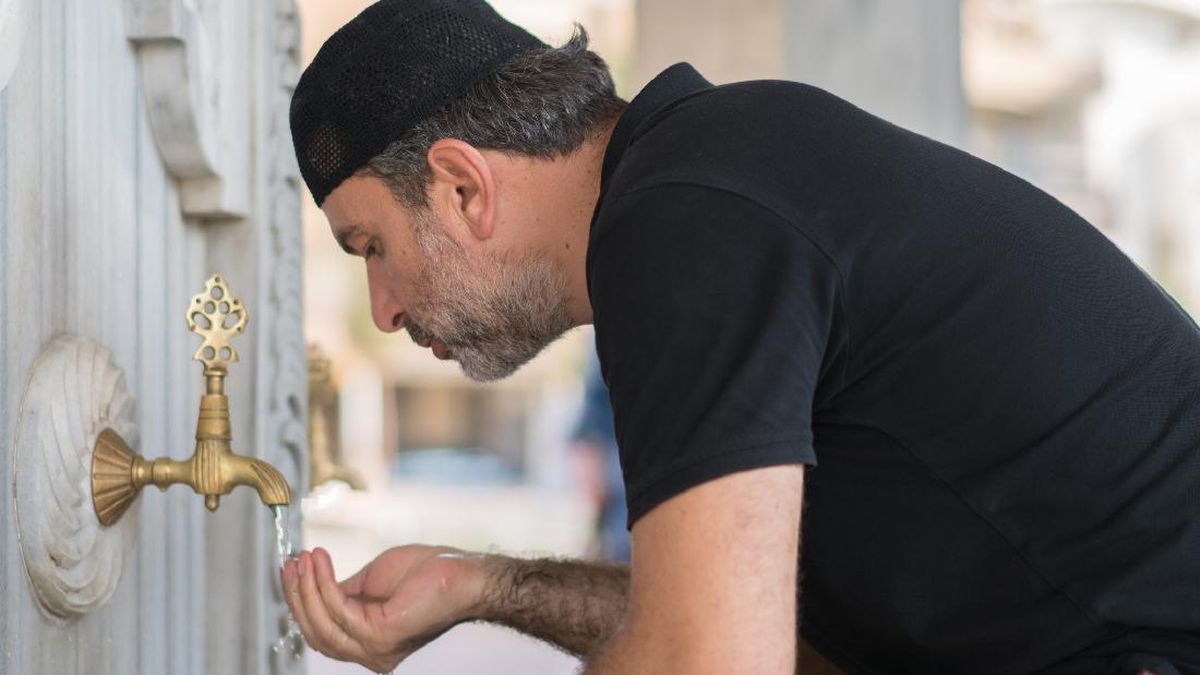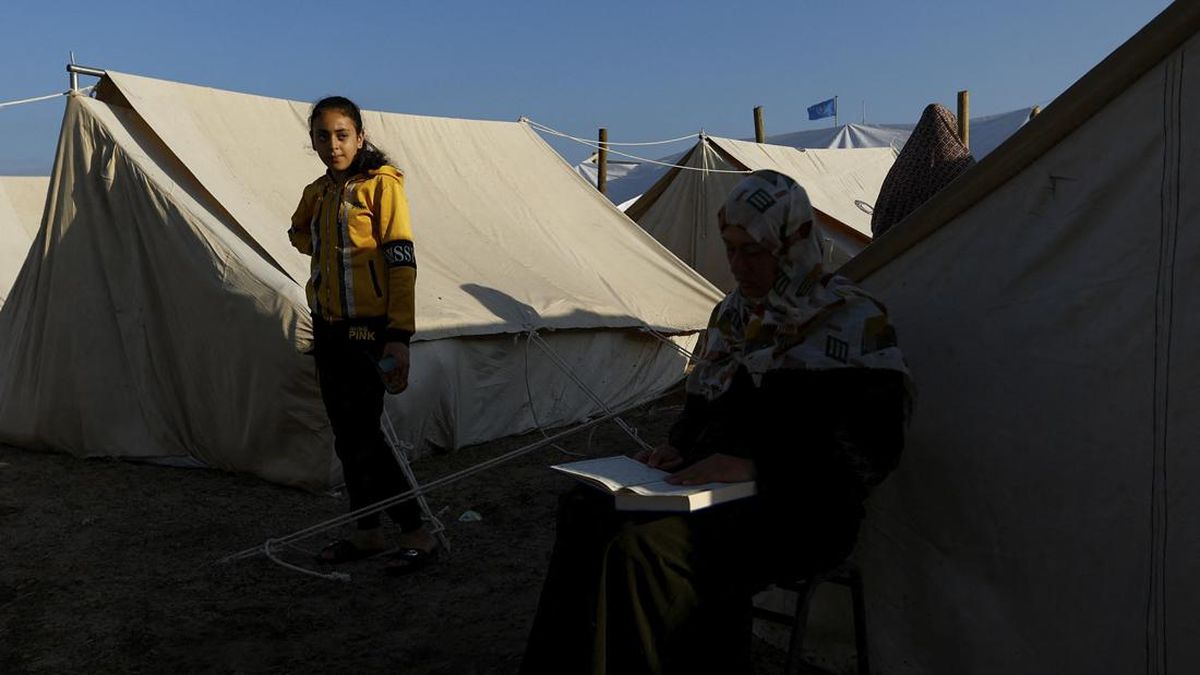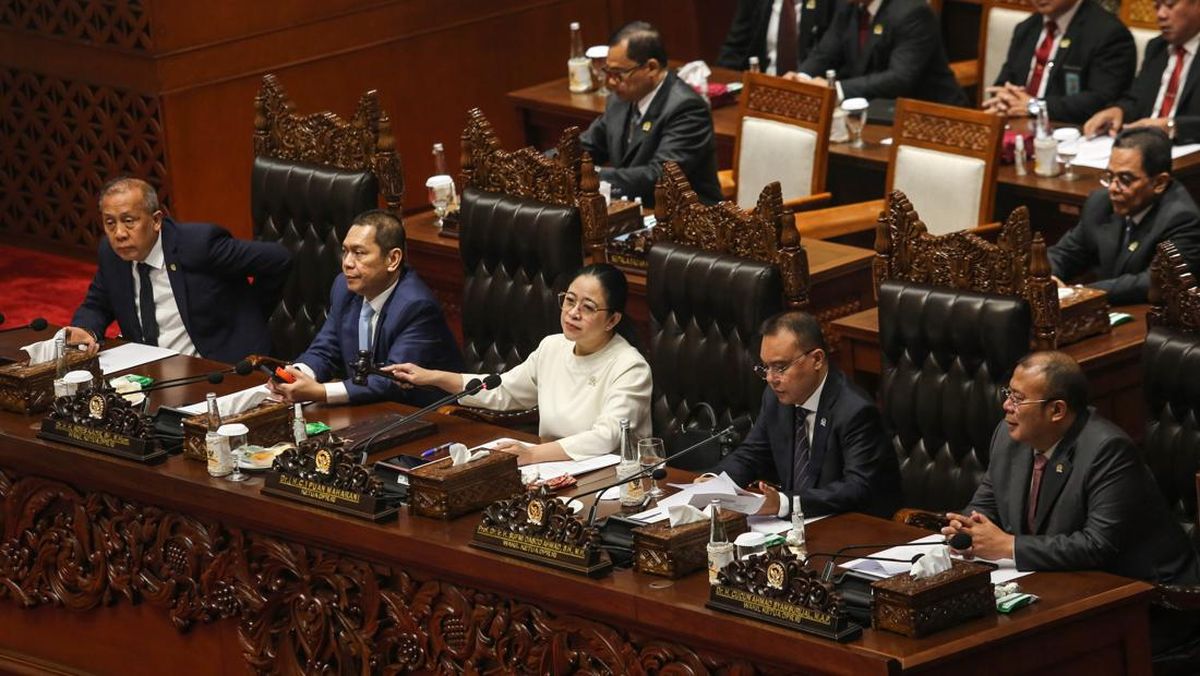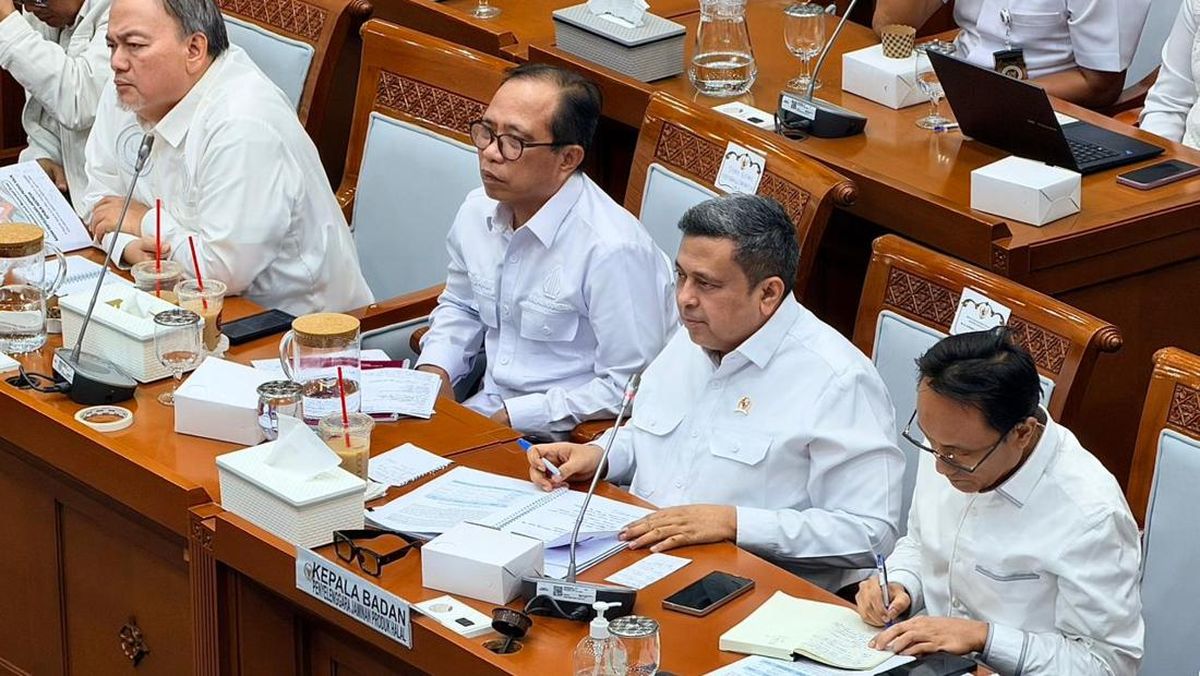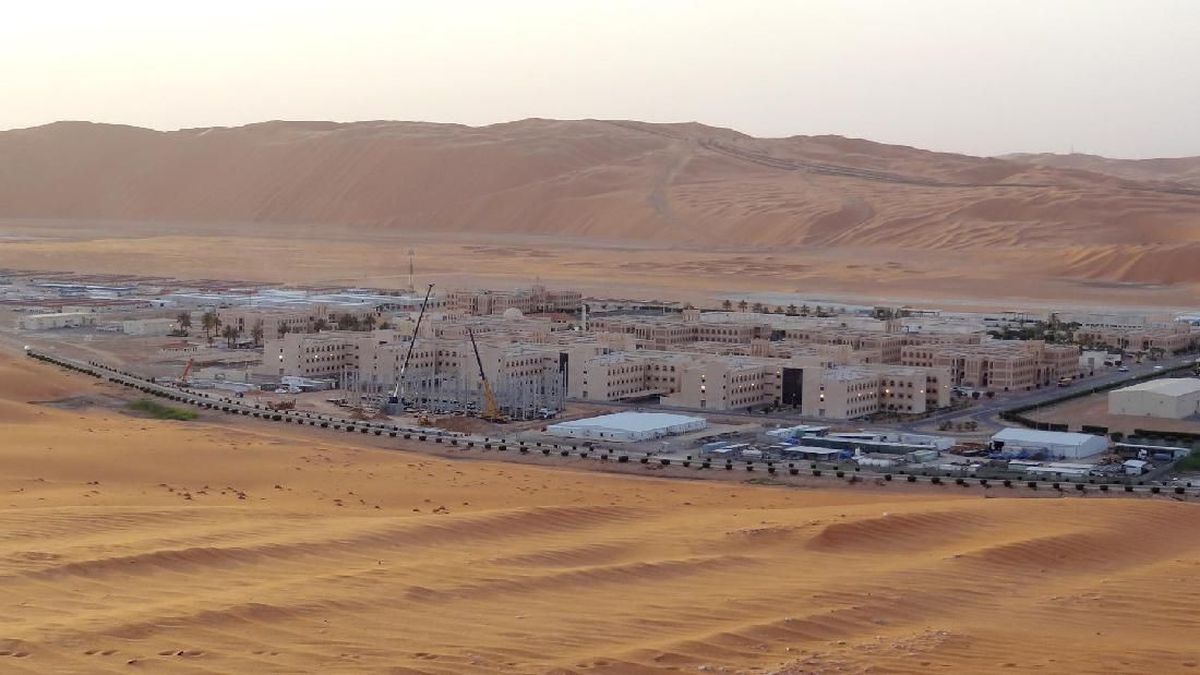The NSW government is considering implementing two-way tolling on the Sydney Harbour Bridge to pay for the permanent extension of the $60 toll cap.
NSW Premier Chris Minns announced on Tuesday that the cap, introduced in 2024 and due to expire on January 1, would be extended indefinitely, but said the government had not finalised how to pay for it and remained in negotiations with toll providers about broader reforms.

Two-way tolls are a step closer for the Sydney Harbour Bridge after the $60 cap was extended.Credit: Dominic Lorrimer
The cap, under which weekly toll expenses that exceed $60 are returned via a rebate, has proven essential to western Sydney commuters. Residents with long commutes or tradies dependent on toll roads would not be spending exorbitant amounts to get to work.
“We’re going to keep it. We can’t get rid of it,” Minns told Ben Fordham’s 2GB radio show on Tuesday.
Loading
“It’s a massive cost-of-living relief measure for literally hundreds of thousands of people who live in western Sydney and without a $60 a week toll cap, they’ll be paying full market rates to use toll roads in Sydney. It’s hugely, hugely onerous for them.
“We couldn’t live with ourselves if we were to put, effectively, a massive tax increase on their shoulders.”
The decision ends months of speculation the cap would be too costly to maintain.
Minns said the government was considering various means of funding the cap, including a future two-way tolling scheme for crossings of the Sydney Harbour, including the unfinished Western Harbour Tunnel.
Minns added that any changes to tolling across the harbour would only come once the tunnel crossing was completed in 2028.
“It’s not everybody’s cup of tea, but we think it’s the fairest thing to do when you consider that a lot of the communities that will use the Harbour Bridge have access to public transport,” Minns said. “Many communities in western Sydney and the Central Coast just don’t have anything like that.”
Tolling giant Transurban declined to comment.
The biggest recipients of toll relief have come from western Sydney suburbs, including Blacktown, Baulkham Hills, Merrylands, Marsden Park, Castle Hill, Quakers Hill, Lakemba, Kellyville, Bankstown, Greystanes, West Pennant Hills and Punchbowl.
There are 35 suburbs where motorists have collectively claimed more than $1 million, while eight have reached $2 million and three have had more than $3 million returned.
The cap has so far resulted in more than $200 million being returned to motorists. Earlier in the year, more than $100 million earmarked for the scheme had not been claimed.
It comes more than a year after the Independent Toll Review was delivered by former ACCC chairman Allan Fels and economist David Cousins, which found that residents in western Sydney were most deeply impacted by the tolls.
The review’s survey found that about 16 per cent of residents spend between $20 and $49.99 a week, about 7 per cent spend between $50 and $99.99 a week, and about 3 per cent spend more than $100 a week.
Blacktown, south-west Sydney and Parramatta residents who use toll roads more than once a month spend an average $95.90, $87.63 and $84.35 per month respectively, which is above the Greater Sydney average of $60.70.
The Sydney Morning Herald has opened a bureau in the heart of Parramatta. Email [email protected] with news tips.
Most Viewed in National
Loading






